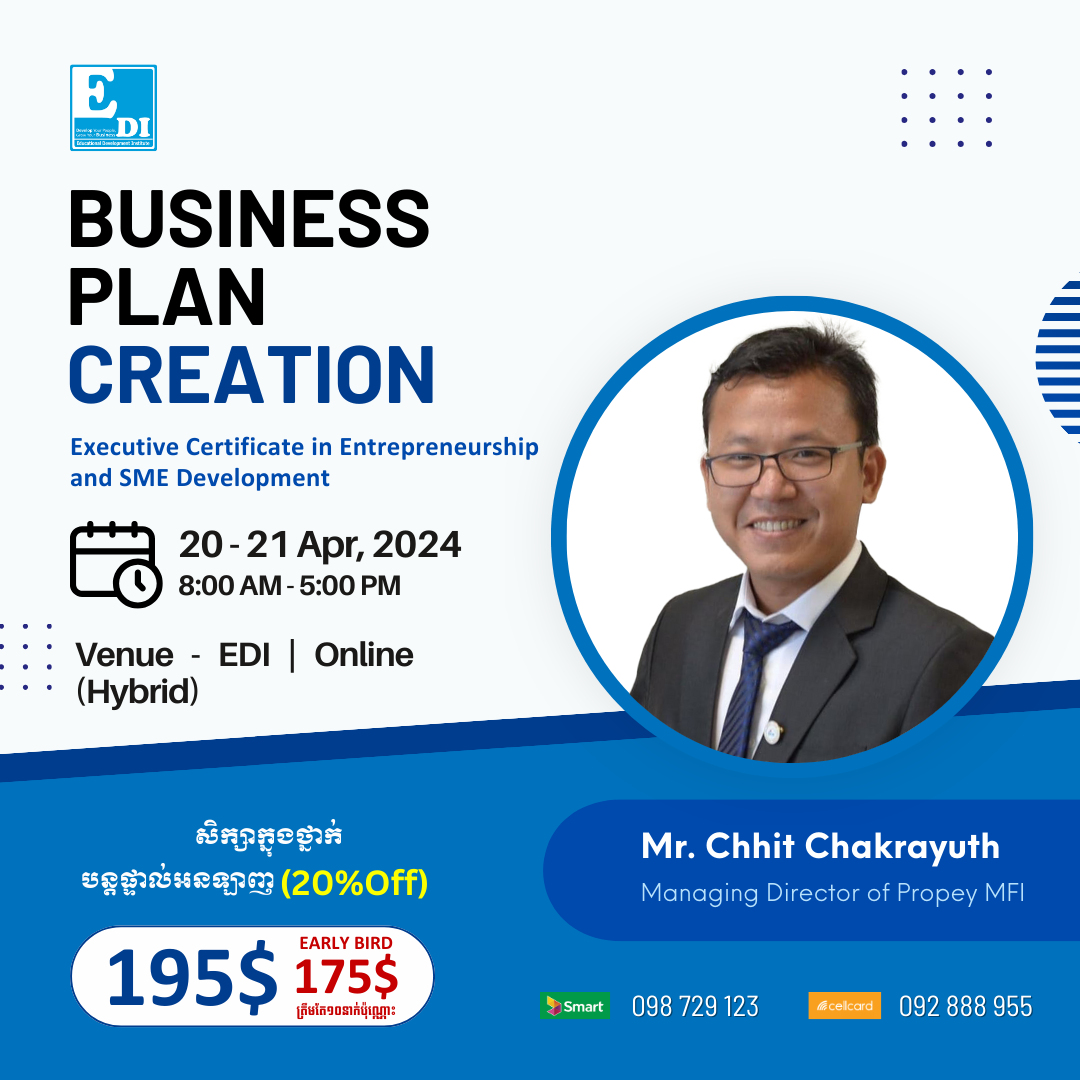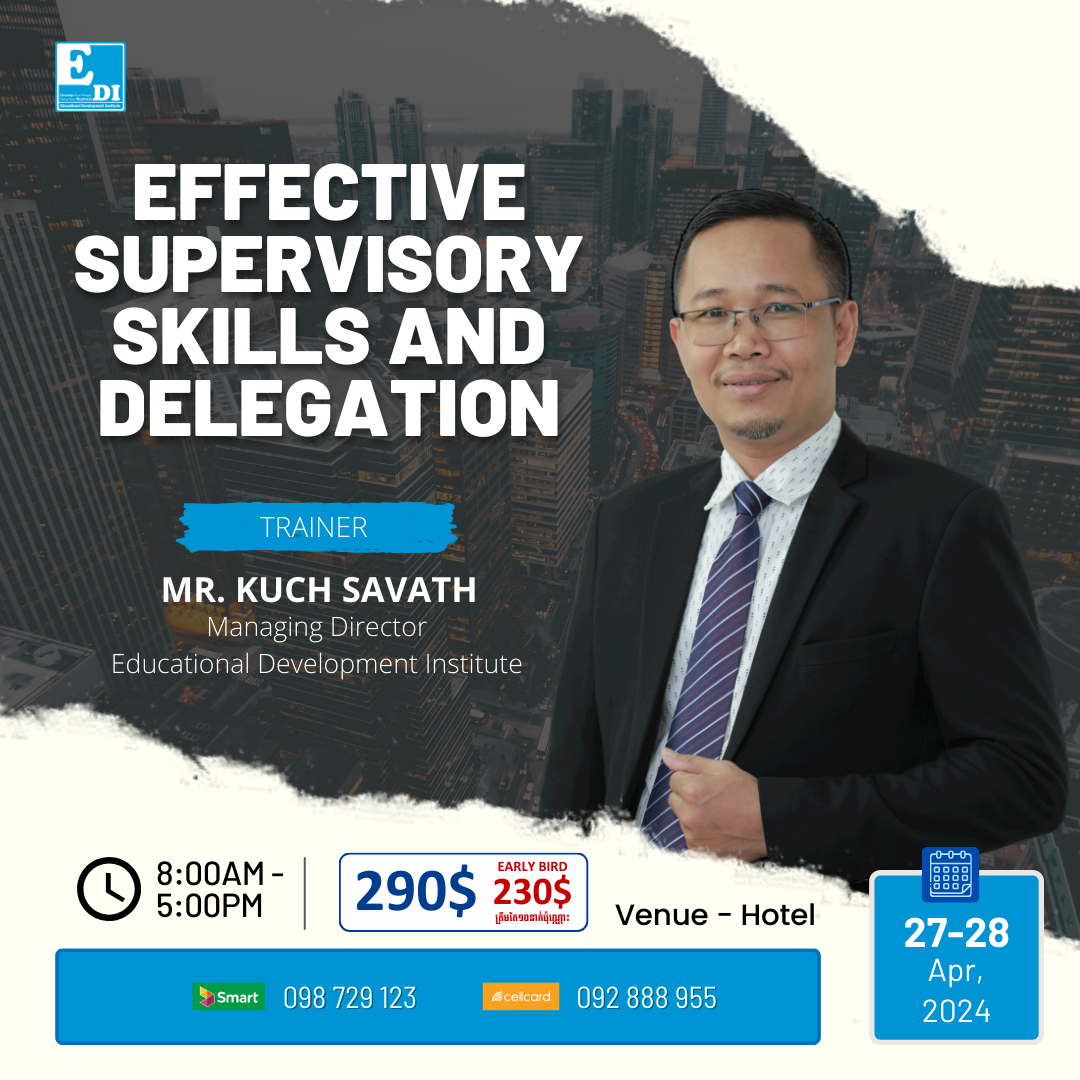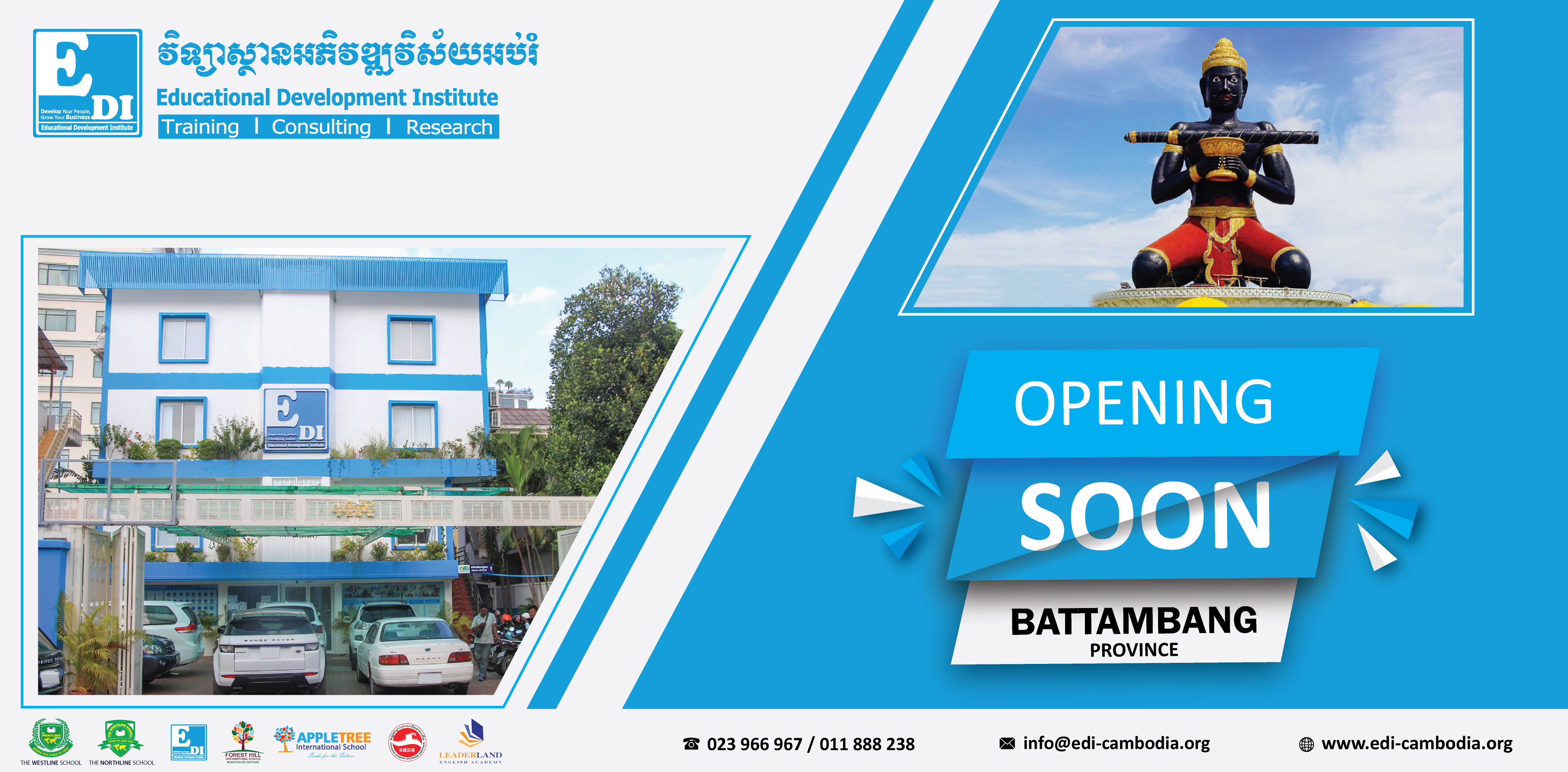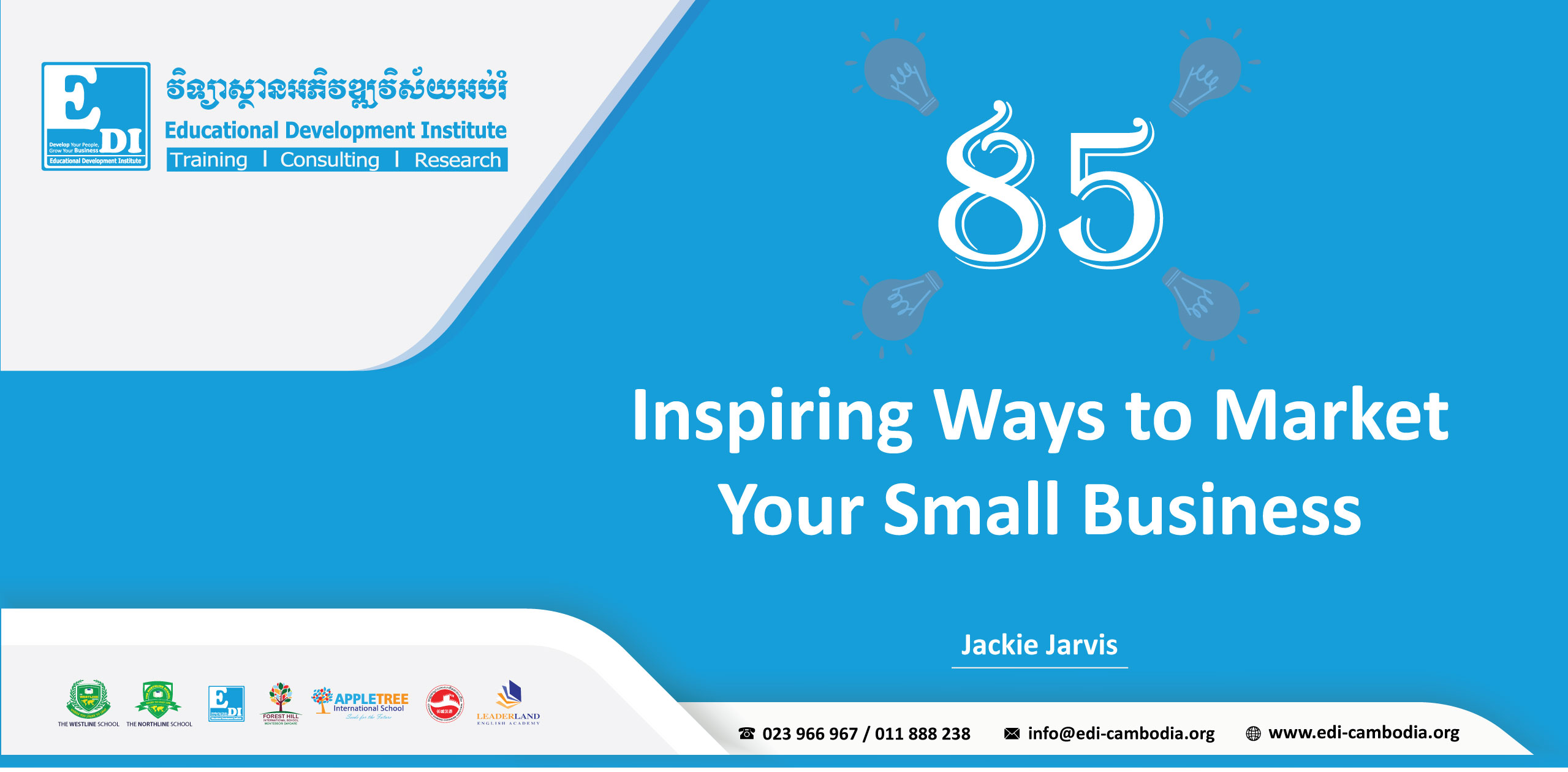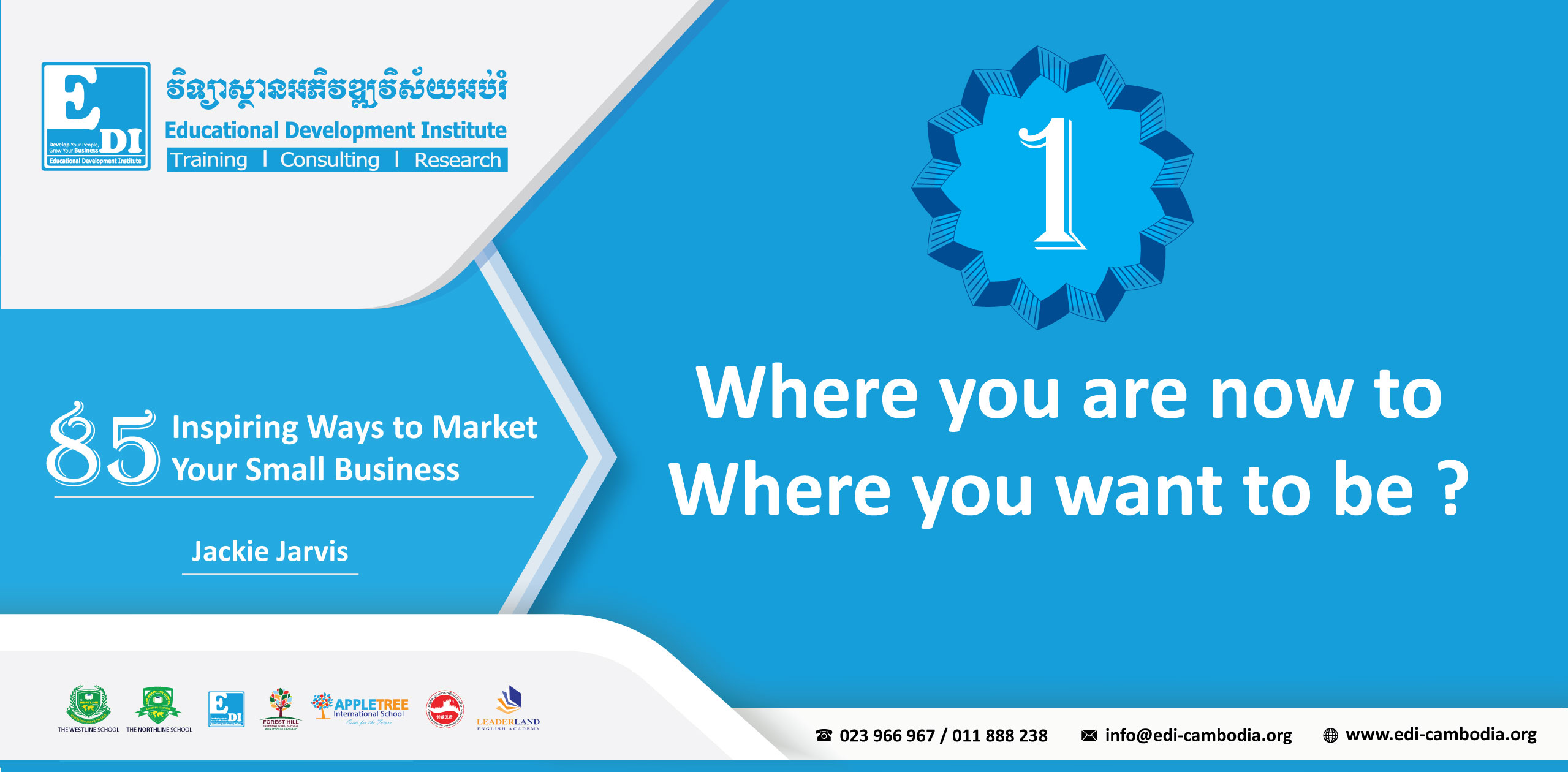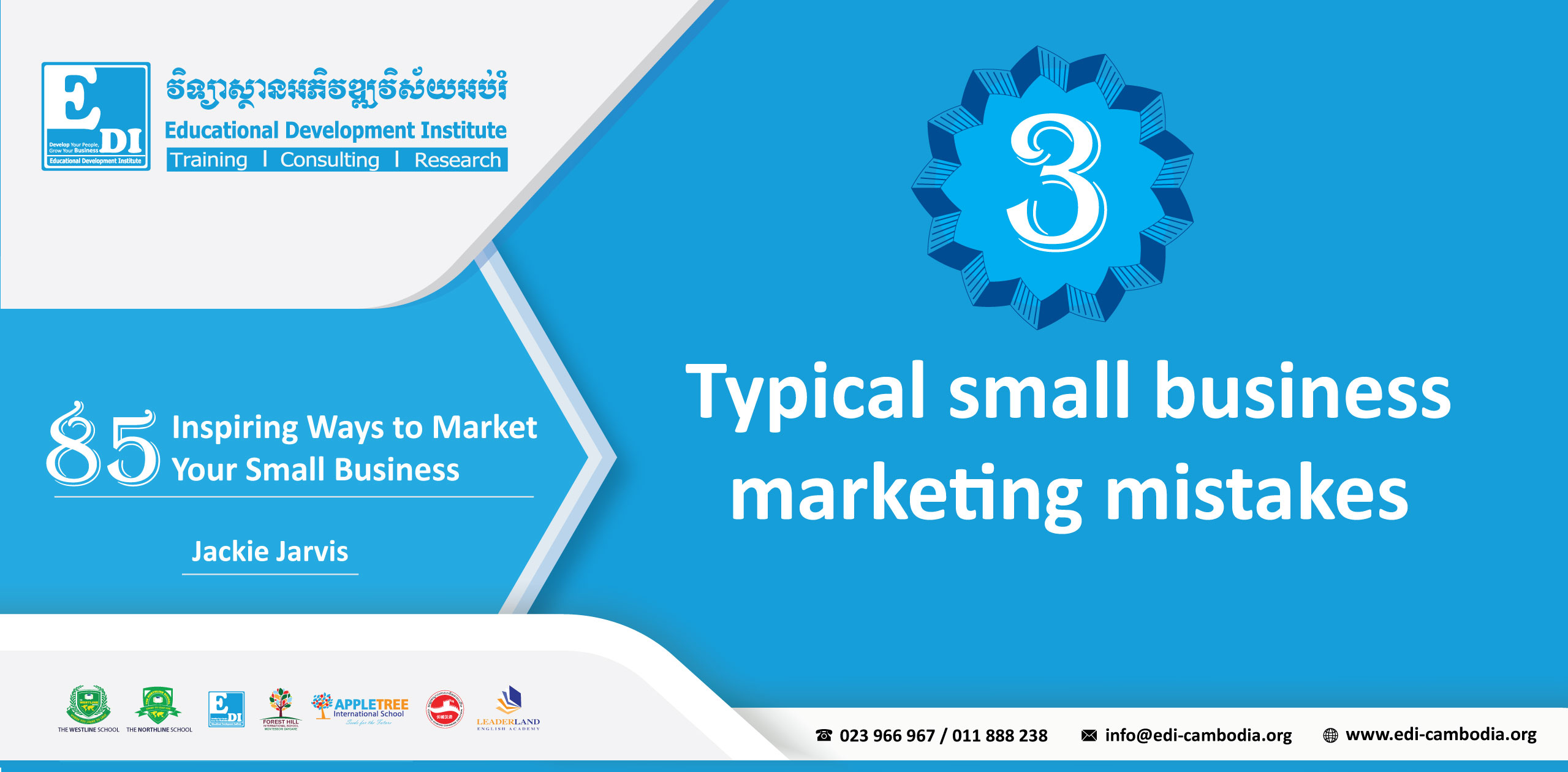What is research?
Research is everything you do to find out about your customer, marketplace, and competition that will enable you to build a clear picture of what is most likely to sell well. Research can be surveyed, asking questions, listening, the observation of trends, mystery shopper trips, surfing the internet, attending conferences and events, your own experience of life, reading articles or becoming a member of an association.
Why is it important?
The more you know about your potential client, competitors and your potential marketplace the better placed you will be to make decisions about the best positioning and packaging of your products and services. Research can help you to find out what your ideal target customer is most likely to buy. It can enable you to package your products and services to fit with demand rather than the other way around. Research can help save you time and money. You can get answers from research that could have taken years of trial and error to find out.
What makes research work?
It works when it is pre-planned and when you have a clear outcome in mind. You need to be very clear on the reasons for the research and what specifically you are looking for.
You should choose the research method that best suits the outcome you want. You may run a survey online that enables you to question large numbers of people and provides full analysis in report format, or you may think asking questions one to one is a better way to get the answers you need from a smaller test selection of people. Whichever way you choose, you will need to compare like for like. Ask people the same questions and compare answers. Look for both similarities and differences. Look for patterns and trends. Deciding on a way of recording and analyzing the data is important. A simple self-created spreadsheet may well be enough to record some basic research data.
Examples
A show jumping club wanted to raise its membership prices in addition to attracting new members from a wider section of the show jumping community. Its reason for running a research survey was to find out what people wanted from the club and potentially what was most important in terms of club events, trips, and hospitality. This information would help them to design the members’ packages to suit members’ desires. They also wanted to gain buy-in to price changes by offering greater value. They used a pre-designed ten-question survey that they sent out to both existing members and a cross-section of people they would like as members. A garage planning the expansion of their services in the local area needed to find out who else offered the services they had in mind and at what price. They also needed to find out if their existing customer base had a need or desire for these additional services, and would use them if offered. This information would help them to decide whether or not it was a good idea to introduce the services. They used telephone research with existing customers and mystery shopper visits to the competition.
Learning from the competition
Take the time to find out. Call up some of your competitors posing as a customer and ask some questions. Find out what they are doing, what they are offering, what their sales process is and their prices. Listen to how they are presenting their service. Look at their websites.
Learning from your customers (existing and potential)
The people who use your product or service are the best people to give you feedback. Ask questions when you get the chance. Listen to the responses. Ask for specific information as opposed to general comments. Pay attention to the questions you get asked. Often this is an indication of what they need. Observe the decision-making process of your customers. How long do they take? Understand what is either motivating or preventing them from buying.
CUSTOMER RESEARCH ^ SPECIAL RESPONSE CHECKLIST
-Discuss what it is that you need to find out and write it down.
-Create some questions that make it easy for customers to answer with specifics (multi-choice, most or least important, an order of importance is helpful when creating surveys).
-Keep the surveys brief ^ no more than ten questions are best.
-If you are asking questions verbally no more than five questions are best.
-Decide how you are going to record the information to be able to compare like with like.
-Pay attention to your results and adapt as necessary.
How to use this information
This information is invaluable for use creating the positioning and packaging of your products and services. It is essential for developing your unique selling proposition which is covered later on in this book. Marketing messages that target customers’ desires and motivations can be created with minimum fuss and wastage. With information about the customer, you are able to speak their language.
“Think research and learn”


.png)



